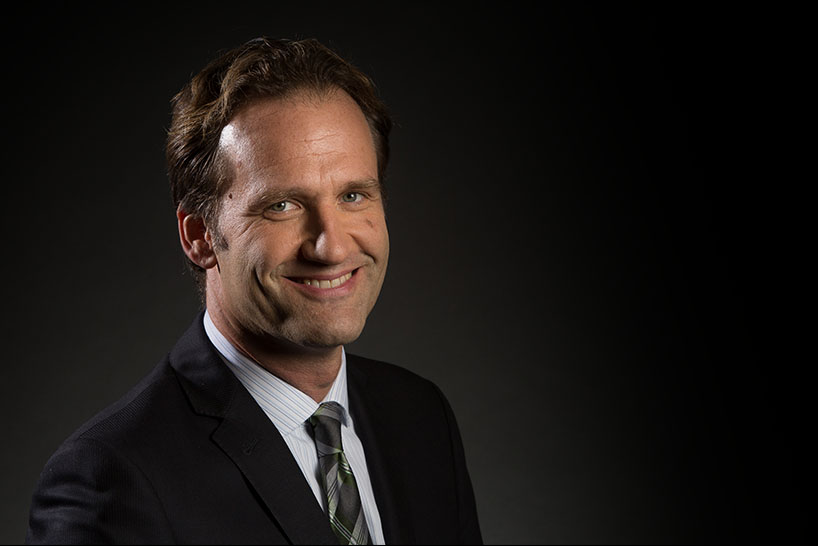Copyright
Copyright law protects your literary creations and works of art so you can control how the work is used and distributed. The purpose of copyright law is to encourage people to create new works of art and literature.
You do not need to do anything special to get copyright protection – it is automatic when the work is fixed into a tangible medium of expression. This means that the work must be written down or made into a tangible form that the human senses can detect, either directly or with the help of a machine. Examples of fixed expression include: audio tape, story printed on paper, or visual image on film. The copyright is only attached to your work after it is written down or placed in some sort of fixed form — copyright does not protect your ideas or facts you have researched. Copyright does not protect speech that is not transcribed, live performances of music, or broadcasts that are not recorded.
Copyright gives you the following protections:
The exclusive right to —
- make copies of the work
- sell or distribute copies of the work
- create new works based on the original work
- perform the work in public
Sometimes, you may not own the copyright to your artistic work, even though you created it. This may happen in an employer/employee situation or when you are an independent contractor creating a “work made for hire.” You may also be a joint copyright owner with another person if you both contributed to the creation of the work.
A copyright can also be transferred. You may sell your copyright to another person or business. You may assign or transfer some, or all, of your ownership interest in your copyright. You may use your copyright as security for a loan or mortgage, and may pass it on to another person at the time of your death, either in your will or by intestate succession. A copyright can also be involuntarily taken from you by court order in certain situations, such as through bankruptcy, a property division in a divorce or through a mortgage foreclosure.
The length of time your artistic work is protected depends on when the work was published and the laws that applied at the time it was published. For instance, works published in the US before 1923 are not protected by copyright. They are considered in the public domain. Works published after 1922 but before 1978 are protected for 95 years from the date of publication. Generally, works published after 1978 are protected for the life of the author, plus 70 years.
A work is considered “published” when you make it available to the public on an unrestricted basis. If you display the work, but place many restrictions on what can be done with it, then the work has not been published.
Registration of your copyright is easy. You must fill out a form, attach a sample of the work with the US Copyright Office, and pay the filing fees.
Legal Editors: Lawrence Goodwin and Dayrel Sewell, July 2016 (updated December 2018)
Changes may occur in this area of law. The information provided is brought to you as a public service with the help and assistance of volunteer legal editors, and is intended to help you better understand the law in general. It is not intended to be legal advice regarding your particular problem or to substitute for the advice of a lawyer.
Our Lawyers

Florian M.
LRS Lawyer
Our lawyers are screened and approved – they have all gone through an application and interview process. Each lawyer we recommend has been screened for significant experience, knowledge of ethics codes and rules, and law office practices, including customer service skills and handling of fees and billing.
About Us
When you call us, you will be speaking with an attorney. One of our attorney referral counselors takes your call and talks with you about your legal question, or reviews your online referral request. There is no charge to speak with one of our attorney referral counselors -- we’re here to help.

